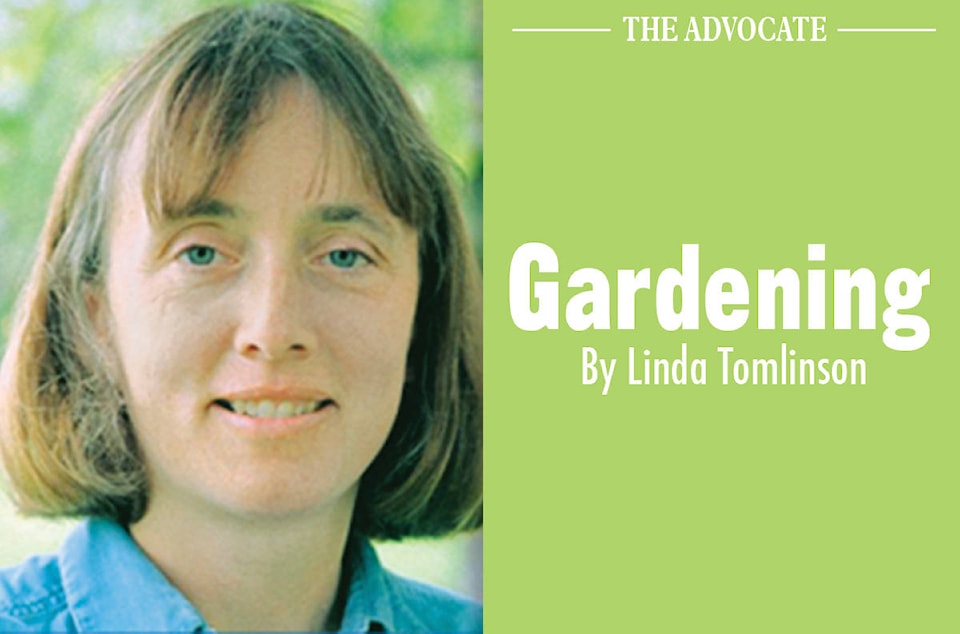Rain and sunlight results in quick growing plants including weeds. Flowers, shrubs and vegetables are a treat, weeds not so much.
Weeding can either be thought of as a tedious chore or a time to plan and reflect. Hand pulling weeds, with a little help from hand tools, gets the best results as each plant or group of plants are pulled and removed from the garden. Tiny weeds or seedlings are hard to remove. If possible, wait a few days until the weeds are an inch or two (5 cm) high. At this time it is possible to get a firm hold on the weed and pull hard enough to remove the tops and roots.
In large open areas, hoeing works when the soil is dry and the sun is hot. Hoeing wet soil compacts the soil and often transplants the weeds.
That being said, chickweed can be controlled by hoeing then raking and removing the plants.
Weeds, plants growing in the wrong place, can be divided into three categories: annuals, winter annuals and perennials.
Annuals can be kept under control by pulling them before they go to seed. If they are allowed to seed chances are that there will be 100 plus more weeds next year.
Winter annuals are plants that seed and germinate in one season. The plants go into winter as small insignificant plants. Come spring they grow and develop quickly and set seeds. Weeding gardens in the fall after a killing frost helps control winter annuals.
Perennial weeds are harder to control as their roots are larger and spread further into the soil. If possible, remove these weeds when they are small. Once the weeds are mature weeding becomes harder. Hand digging is required to remove as much root as possible. It is time consuming as it must be repeated numerous times until the lack of the plant top will cause the roots that remain in the soil to starve.
There are a number of chemical herbicides on the market. Before using or purchasing a chemical, read the packaging and instructions carefully. Herbicides can be divided into two different groups; selective and nonselective.
Selective herbicides will kill certain plants and leave others unharmed. Mecoprop, Dicamba and 2-4-D are ingredients commonly found in herbicides used on lawns. These chemicals work by causing the phloem and xylem cells to constantly divide resulting in the flow of plant nutrients being disruptive and the starvation of that plant
Nonselective herbicide can either kill all the plants it touches or by sterilize the soil. When the soil is sterilized, it is poisoned and nothing can live in it. Given time, the chemicals will leach from the soil making it possible for plants to grow in that area.
Non-selective herbicides such as glyphosates, the active ingredient in Roundup, has the ability in theory, to kill all the plant material it touches. To be effective, the leaves must absorb enough glyphosate to block the plants ability to make Amino Acids resulting in the plants starvation. The amount of the plant that needs sprayed is dependent on the plant variety and where it is in its lifecycle. Plants that are not susceptible to the chemical often have a thick outer layer that prevents the chemical from being absorbed into the plants system.
Horticultural vinegar, 20% acid as opposed to house hold vinegar 5% acid is classified as a non-selective herbicide. According to the paper put out by the University of Maryland Extension Services, horticultural vinegar works well on annual weeds in the first two weeks after germination. When used on older plants, vinegar will burn the tops and leave the roots intact and ready to regrow.
Weeds will always be part of the garden. Weed often and knowing the growth habits of the weeds in the garden make it easier to eradicate them.
Linda Tomlinson is a horticulturalist that lives near Rocky Mountain House. She can be contacted at your_garden@hotmail.com
